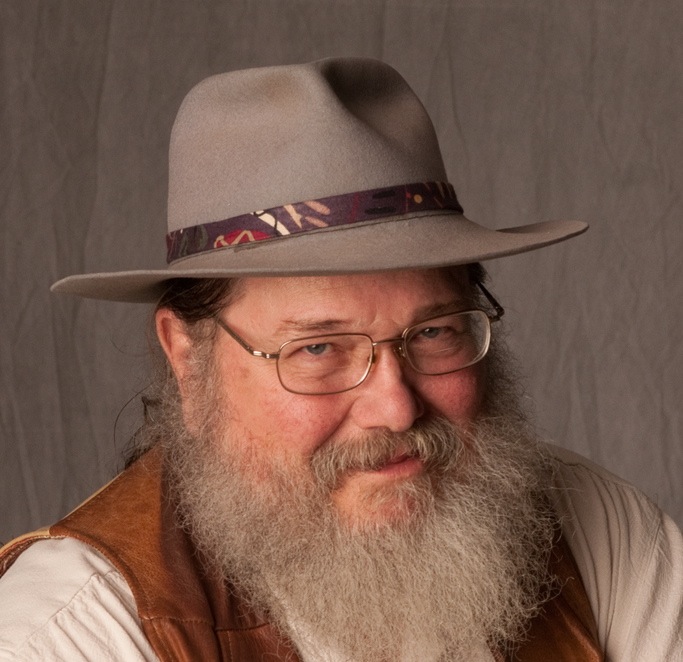Spring is firmly fixed in the bungee pattern I like to call bipolar. Whiteout conditions on Saturday bring a foot of serious snow to town and Monday sees short-sleeved skateboarders dodging the rosy crab apple trees in the parks. These very conditions make it hard for fruit trees to fulfill their duty in our little mountain town. Just about the time the warm bee-laden zephyrs have coaxed the peach and plums to unleash their glorious blossoms, a harsh freeze dashes all hope of an autumn harvest.
Old timers say the apples make about every seven years in Flagstaff. Of course, we have such an array of micro climates that you can find a tree or two somewhere around town every year with just the right southern exposure or hillside drainage to bear fruit. Last year was slim pickins but my son-in-law spotted a laden tree behind a dental office in upper Greenlaw so we had applesauce this winter. About four years ago all conditions were favorable and Flagstaff reveled in fruit. Not just apples but cherries, pears, plums and peaches. Peaches! Sue and I were busy canning and freezing for weeks.
On an errand for canning lids, I stopped by the home of Dr. Henry Poore and his wife Nina. Nina—a tiny wisp of a lady who has traveled the coal camps of Kentucky by mule back delivering babies—insisted that I have a slice of apple pie still warm from the oven. Henry began to tell me the history of the apple tree the fruit had come from but I wasn’t really listening—I was addressing the masterpiece that sat before me with all my senses. I could see where the juices had bubbled through the handmade crust and left little caramelized pools of goodness on top. When she cut a generous slice and placed it front of me a wave of weakness shook me as I smelled the full, round appleness of the filling: not too sweet, the natural tartness intact with just a hint of cinnamon. The crust was of the flakiness every truck-stop pie promises but can’t seem to deliver.
I found myself remembering a childhood neighbor, Mrs. Abernathy. I could see her in her sunbonnet coming across the sun-washed calf pen to visit my mother with one hand holding up her long skirt and a gift in her other hand—a bouquet of hollyhocks or a jar of jam. I’d listen while she gossiped with Mama and helped her snap beans. Because I was a seventh son, Mrs. Abernathy told me I could cure warts. She taught me how to rub them with a piece of red wool cloth and a split bean which I would then bury in the flowerbed.
But Mrs. Abernathy’s claim to fame was that she was the maker of prize-winning pies. They routinely took the blue ribbon at the county fair. Did they taste that much better? I don’t really know, but they were amazingly symmetrical. The little ridges around the edges were so precise. I have seen frustrated housewives sidle up to the winner’s table at the fair and when they were sure no one was looking take a ruler from their apron pocket and measure the distance between those ridges trying to understand her system.
The summer I was 6, a cake walk was planned for the Fourth of July celebration. I knew her pies would be featured. Before the sun came up I was situated in the big chinaberry tree outside Mrs. Abernathy’s kitchen window watching her prepare her pies. I observed with interest as she sifted flour for the crust and cut in lard with two knives. She put the crust in the pan and added her apple mixture for the filling, mounding it high. So far it was much the same as my mother’s method. She rolled out the crust for the top and covered the pie. With a practiced motion she trimmed the edges with a kitchen knife. I strained to see through the leaves of the tree. With a flour dusted hand Mrs. Abernathy reached up to remove her false teeth and using a rocking motion like someone taking finger prints she worked her way around the circumference of the pie pressing the two sides into one artful crust.
Nina placed a cup of strong pungent coffee in front of me. I sighed.
“Nina, this is the best apple pie I have ever eaten.”

